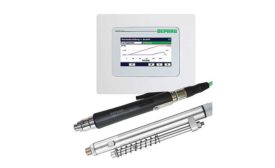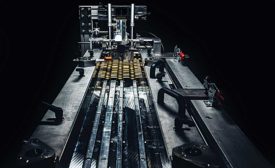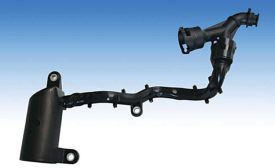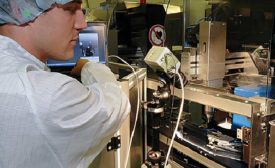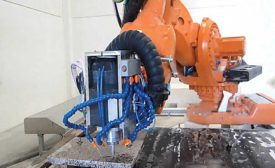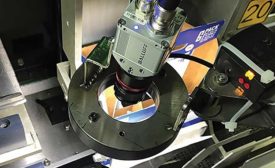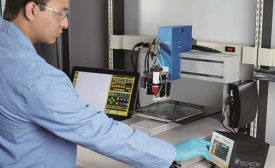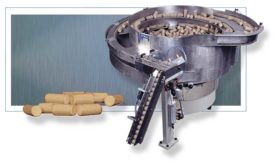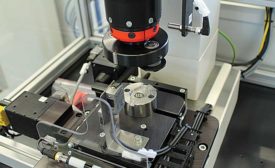Home » factory automation
Articles Tagged with ''factory automation''
Collaborative robots are among the latest products for automatic screwdriving
Read More
Hot-Gas Welding of Plastic Parts
A new noncontact joining method uses hot nitrogen flowing through custom-built nozzles to soften the weld area
February 4, 2020
The Appeal of Piezo Jet Valve Dispensing
For applications requiring high speed and precision, cutting-edge piezo jet valve dispensing technology is the way to go
January 9, 2020
Roller Forming for Cylindrical Assemblies
The Roller Forming Process Forms a Curl or Lip on the Edge or Rim of a Hollow, Cylindrical Part
January 8, 2020
Never miss the latest news and trends driving the manufacturing industry
Stay in the know on the latest assembly trends.
JOIN TODAY!Copyright ©2024. All Rights Reserved BNP Media.
Design, CMS, Hosting & Web Development :: ePublishing
